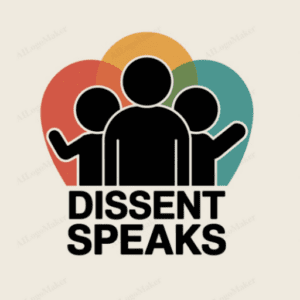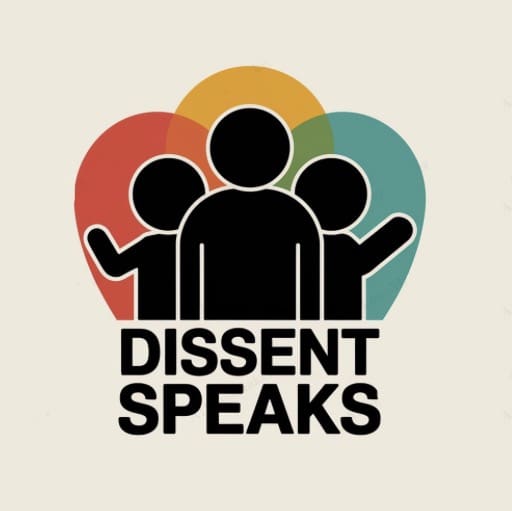In February 2025, casino mogul Steve Wynn petitioned the U.S. Supreme Court to reconsider one of the most fundamental protections of press freedom in American law – the “actual malice” standard established by New York Times v. Sullivan in 1964. This comprehensive analysis examines the implications of this challenge and its potential impact on American democracy, journalism, and public discourse.
Historical Context and Current Challenge
The 1964 Sullivan decision emerged during the civil rights movement when Southern officials attempted to use libel laws to suppress reporting on segregation and civil rights protests. The Supreme Court’s unanimous ruling established that public officials must prove “actual malice” – knowledge of falsity or reckless disregard for the truth – to win defamation cases.
As described in the source materials, the case began when The New York Times published an advertisement containing minor factual errors about civil rights protests in Montgomery, Alabama. The Court’s decision recognized that “erroneous statement is inevitable in free debate” and must be protected to give free expression the “breathing space” it needs to survive.
Analysis of Language and Framing
Legal Arguments and Rhetoric
Wynn’s petition frames the challenge through the lens of modern media dynamics. His attorneys argue that “Sullivan is not equipped to handle the world as it is today” because “everyone in the world has the ability to publish any statement with a few keystrokes.” This language suggests a fundamental shift in media landscape requires reconsidering press protections.
However, the comprehensive research provided shows this argument isn’t new. Similar concerns were raised by Justice Clarence Thomas in 2019 and Judge Laurence Silberman in 2021. The rhetoric often focuses on perceived media bias and the spread of misinformation rather than addressing the core constitutional principles that Sullivan sought to protect.
Impact on Public Discourse
The “actual malice” standard serves multiple functions in American democracy:
- It protects robust public debate about officials and public figures
- It prevents powerful figures from using litigation to silence critics
- It gives media organizations confidence to publish important investigative reporting
As noted in The New York Times’ 50th anniversary editorial, the Sullivan decision represents “the clearest and most forceful defense of press freedom in American history.”
Factual Evaluation vs. Propaganda Assessment
Evidence-Based Analysis
The source materials provide strong historical evidence for Sullivan’s importance in protecting press freedom. Legal scholars consistently rank it among the most significant Supreme Court decisions, with Yale’s Owen Fiss noting it helped “cement the free-speech traditions that have ensured the vibrancy of American democracy.”
Potential Propaganda Elements
Some arguments against Sullivan appear to blend legitimate concerns about modern media with political messaging. For instance, Judge Silberman’s 2021 dissent claimed major newspapers are “virtually Democratic Party broadsheets” and warned of “authoritarian or dictatorial regime[s]” – language that seems designed to inflame political tensions rather than address legal principles.
Impact on Americans
Legal and Journalistic Effects
A change to Sullivan could have far-reaching consequences:
- Increased self-censorship by journalists fearing litigation
- Higher legal costs for news organizations, particularly smaller outlets
- Reduced investigative reporting on powerful figures
- Potential chilling effect on public debate
Economic and Social Implications
The research indicates potential broader impacts:
- Rising insurance costs for media organizations
- Possible reduction in local news coverage
- Disproportionate impact on independent journalists and smaller outlets
- Altered dynamics of public discourse about controversial issues
Recommended Actions for Citizens
- Stay Informed
- Follow Supreme Court developments on this case
- Understand the historical importance of press protections
- Read multiple reliable news sources to grasp various perspectives
- Engage Locally
- Support local journalism through subscriptions and engagement
- Participate in public discussions about press freedom
- Contact representatives about the importance of protecting robust public debate
- Practice Media Literacy
- Verify information through multiple sources
- Understand the difference between opinion and news content
- Consider how changes to defamation standards might affect information access
Conclusion
Steve Wynn’s petition represents more than a single legal challenge – it questions fundamental principles of American democracy and free press. The comprehensive research provided suggests that while modern media presents new challenges, the core protections established by Sullivan remain crucial for maintaining robust public debate and press freedom. Any reconsideration of these standards must carefully weigh the constitutional principles at stake against contemporary concerns about misinformation and media responsibility.

